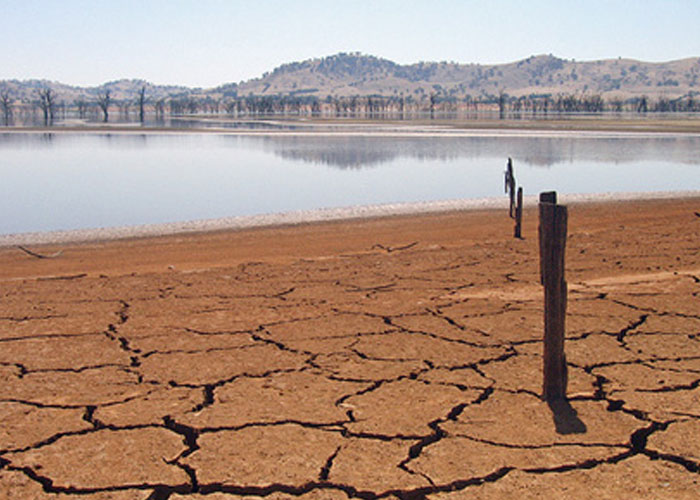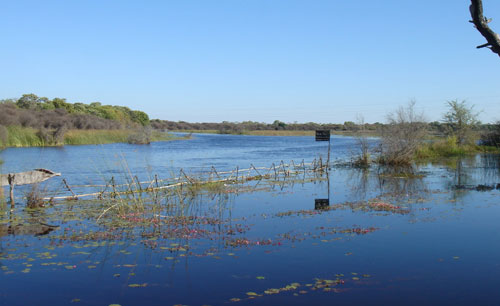Changing rainfall patterns have a dramatic effect on freshwater availability and distribution. Heavy rain can change the height of streams and rivers, changing their capacity to hold water. Lack of rain can stress vegetation and supplemental water reserves. The frequency of rain also changes stream and river capacity to recover from drought.
Depending on the location of your home, you might have to purchase an STP to handle your sewage. Generally, residential buildings need at least one STP to treat sewage. Many STPs are located underground, making them difficult to maintain. Moreover, you may not be able to inspect them without hiring an expert. It is better to consult a professional if you have any doubts about the process.
Impacts of climate change on freshwater availability and distribution
Climate change has the potential to impact freshwater availability significantly. In addition to causing droughts and water shortages, climate change also increases storm intensity, which places pressure on surface reservoirs. This can lead to conflicts between competing objectives, such as protecting freshwater ecosystems and storing water for droughts. In the next 20-50 years, flooding and droughts are expected to become more intense, resulting in increased risks for people and ecosystems.
Potential ecological impacts vary by freshwater ecoregion and taxonomic group. Freshwater fish are particularly vulnerable to water withdrawal. In areas with less than 50 freshwater species, water withdrawals may cause major declines in the diversity and numbers of these species. In contrast, the Ganges Delta and Plain ecoregion has more than 250 freshwater species. And in areas with high human population levels, urbanization could negatively affect freshwater fish populations.
A warmer climate increases the amount of water in the atmosphere. More water in the atmosphere means heavier rainfall and more evaporation. This could lead to severe droughts in some areas and lower crop yields. In addition, warming sea surface waters can intensify hurricanes and make them more destructive when they make landfall. As a result, scientists continue to study the effects of climate change on hurricanes. The studies' findings indicate that hurricanes will become more severe and destructive.
One of the most immediate impacts of climate change on freshwater availability and distribution is increased drought. Increasing temperatures have the potential to increase the amount of water evaporation, which can lead to greater rainfall in summer. This is happening now, but the impacts will become even greater over the next century.
Impacts of climate change on water quality

Increasing evaporation rates will reduce water supplies in many regions with the biggest deficits expected in the summer. Decreased soil moisture levels will also lead to more severe and frequent droughts. This will have major management implications for water users, especially agricultural producers. Already, prolonged droughts have cost the United States $6 billion in damage. They can also impose costs for wildfire control and lost timber.

In inland and coastal areas, changes in water quality are also expected. For example, increased runoff and rainfall will lead to increased erosion and sedimentation. This will cause sediments and chemicals to reach streams and groundwater systems. These contaminants will be more concentrated in these waters. Additionally, changing water temperatures will alter the ranges of many species of fish and shellfish. These changes could disrupt ecosystems.
In the future, projected climate scenarios will be more consistent than the baseline scenario. For instance, in the long run, the water in streams will be reduced by 22.4 m3 s-1 compared to the baseline period. This results in a reduction of almost two-thirds of streamflow in the far future.
Rising sea levels may also threaten coastal water quality. Recent projections for sea-level rise range from 19 to 58 cm. However, a larger increase is possible, though scientists consider this a low probability risk. Rising sea levels could also have a negative effect on groundwater quality through saltwater intrusion, which can reduce freshwater supplies.
Impacts of climate change on food distribution
The impacts of climate change on freshwater availability and distribution are complex, ranging from sea level rise to impacts on drinking water supplies and property values. But in most cases, the impacts are directly related to water. For example, droughts are likely to occur more often and for longer periods, and melting glaciers may make it more challenging to regulate freshwater resources. Meanwhile, wildfires are spreading across the planet, destroying communities and reducing tree cover, which decreases groundwater recharge and increases water scarcity.
While a warming atmosphere may increase precipitation, this increase will be offset by increased evaporation. In addition, climate change will cause a reduction in summer rainfall, as snowpacks continue to diminish. This will lead to greater summer water stress and reliance on scarce groundwater reserves.
In addition, increasing temperatures will result in more frequent and intense droughts. Drought conditions can result in reduced crops and food production. Hurricanes are also more likely to increase intensity as sea levels rise. The increased intensity of hurricanes may make them more dangerous when they hit land.
In this study, researchers conducted simulations of climate change impacts on water availability and distribution in Zambia's main river basins. They used a hydrological modelling framework and a water balance model. This model incorporated the results of future climate scenarios developed by the Intergovernmental Panel on Climate Change. Overall, the study found that temperatures would increase by 1.9o C in Zambia by 2050 and 2.3o C by 2100. However, rainfall would decrease by 3% by mid-century and 0.6% by the end of the century.







































Share Post